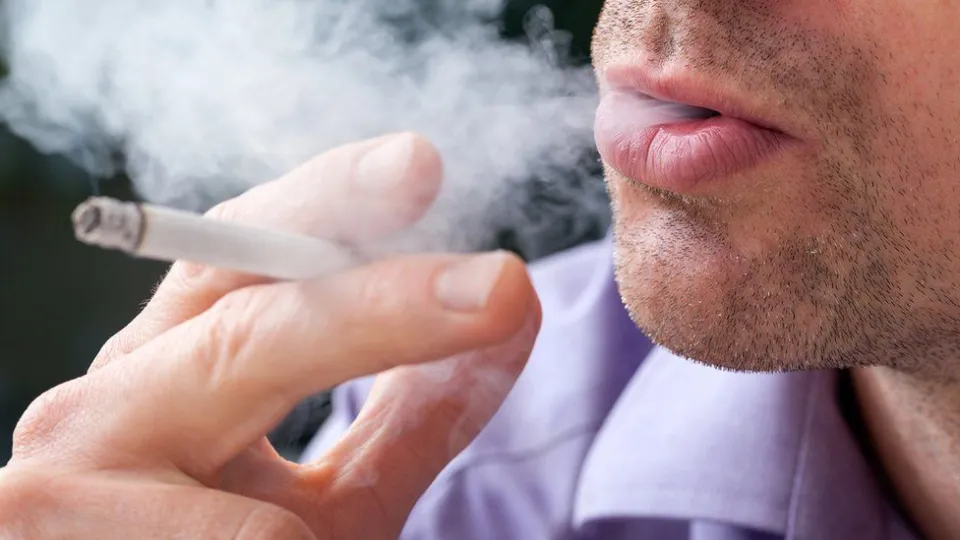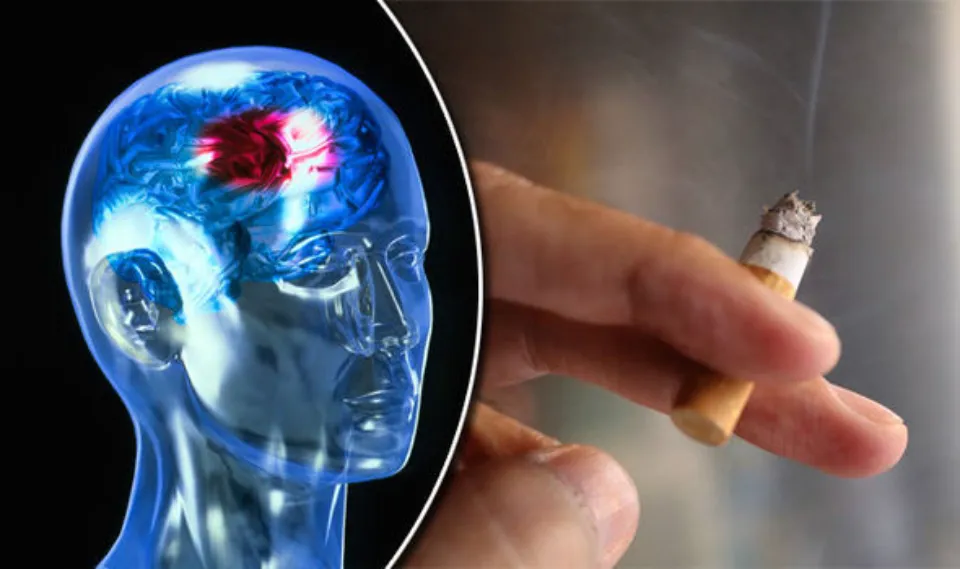All types of stroke are known to be increased by smoking cigarettes. Although the general public and the world’s healthcare system are both aware of the vascular risks associated with smoking, tobacco use has remained largely unchanged over the past 25 years.
In the US, one in five adults is considered to be a regular smoker, with adolescence being the typical starting point. Despite the fact that most people agree that smoking increases the risk of stroke, a significant body of scientific evidence suggests that there is a strong dose–response relationship between smoking and stroke risk.
In this article, we present a summary of the risks associated with smoking-related strokes, the dose–response relationship, and the costs of this harmful habit to both the individual and society at large.
What is a Stroke?
There are two ways that a stroke can occur: either a blood clot or plaque blocks a blood vessel, or a blood vessel in the brain bursts or ruptures.Smoking doubles your risk of stroke:
- Smoking raises blood pressure and lowers blood oxygen levels. A significant risk factor is high blood pressure.
- More than 4000 toxic chemicals found in tobacco smoke damage blood vessels when they are absorbed into the bloodstream or are deposited on the lungs.
- Additionally, smoking makes blood stickier, which can cause blood clots.
Can Smoking Lead to a Stroke?
Smoking does have a link to strokes.
Tobacco smoke contains thousandsTrusted Source of toxic and cancer-causing chemicals that pass from the lungs into the bloodstream when a person inhales it. These substances change and harm cells, putting people at higher risk for heart attacks and other cardiovascular conditions.

Smoking increases stroke risk in a number of different ways. It affects:
- Cholesterol: Smoking decreases “good” high-density lipoprotein cholesterol (HDL) and increases “bad” low-density lipoprotein cholesterol (LDL).
- Oxygen levels: Carbon monoxide, a component of tobacco smoke, lowers blood oxygen levels.
- Blood pressure: Nicotine is a substance found in tobacco that increases blood pressure and heart rate. High blood pressure is linked to 50% of all strokes.
- Blood clotting: Blood becomes thicker and more prone to clotting as a result of the chemicals in tobacco smoke.
Together, these effects raise the likelihood that the arteries will become harder and narrower. The term for this is atherosclerosis.
Reduced blood flow, elevated blood pressure, and a higher risk of blood clots are all effects of narrowing and becoming less flexible arteries. A stroke could occur if blood clots move and become lodged in the brain.
What Type of Stroke Does Smoking Cause?
There are two primary types of stroke. The majority of strokes are ischemic, which means a blood clot blocks one or more blood vessels in the brain. Blockages may also result from the buildup of fatty plaque on the blood vessel walls.
Hemorrhagic strokes are the other type of stroke, and they happen when a brain artery bursts due to either weak or high blood pressure in the area surrounding the artery. The brain cells are harmed by the excessive pressure caused by the blood leak.
Both types of stroke are influenced by smoking. It increases the risk of an ischemic stroke by constricting the blood vessels and increasing the likelihood of plaque and clot formation. The chemicals in cigarette smoke can also weaken arteries, making them more prone to bursting, leading to a hemorrhagic stroke.
Doctors associate smoking with a 2- to 4-time increased risk of ischemic stroke and intracranial bleeds, meaning bleeding in the brain.
How to Lower the Risk of Stroke?
Strive to lead a healthy lifestyle wherever you can to lower your risk of stroke.
Stop Smoking
Stroke risk, along with other conditions, is significantly reduced by quitting smoking. These include:
- Cancer
- Heart attack
- Chronic obstructive pulmonary disease
The ability to stop smoking is supported by a variety of resources, including counseling, support groups, and nicotine replacement therapies. The U.S. government’s Quit Smoking website provides information on quitting and can refer people to local services.

Eat a Balanced Diet
A healthy diet can lower the risk of stroke. Try to include:
- Plenty of vegetables
- Fresh fruit
- Whole grains
- Lean protein
- Healthy fats, such as olive oil and avocado
Excessive consumption of salt, processed foods, added sugars, and saturated fats should all be avoided. Additionally, when possible, they ought to select high-fiber foods..
Control Medical Conditions
Diabetes and high blood pressure are two medical conditions that can make someone more susceptible to strokes. The risk of stroke can be decreased by taking medication as prescribed and adhering to medical advice.
Exercise More
Regular exercise improves circulation, balances cholesterol levels, and lowers blood pressure, all of which reduce the risk of stroke. The Centers for Disease Control and Prevention (CDC) recommend 2.5 hours of moderate-intensity aerobic activity per week for adults
Conclusion
Your risk of a stroke is greatly decreased if you stop smoking. If you’ve had a stroke or TIA, quitting smoking lowers your risk of experiencing another stroke. According to studies, after five to ten years, the risk of stroke in former smokers is comparable to that of people who have never smoked.



